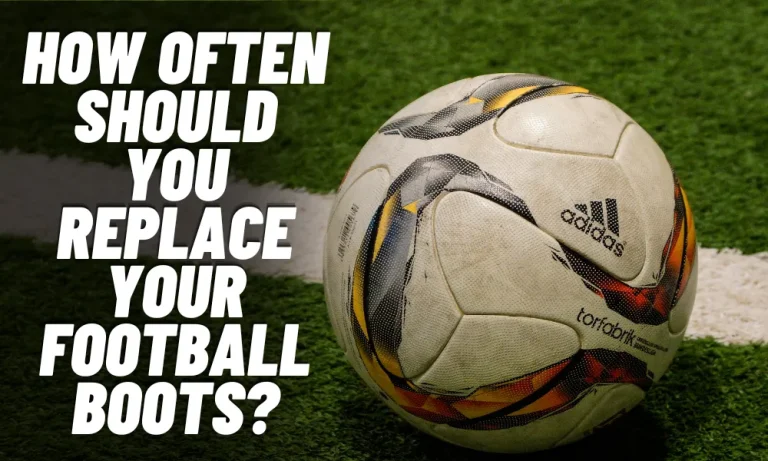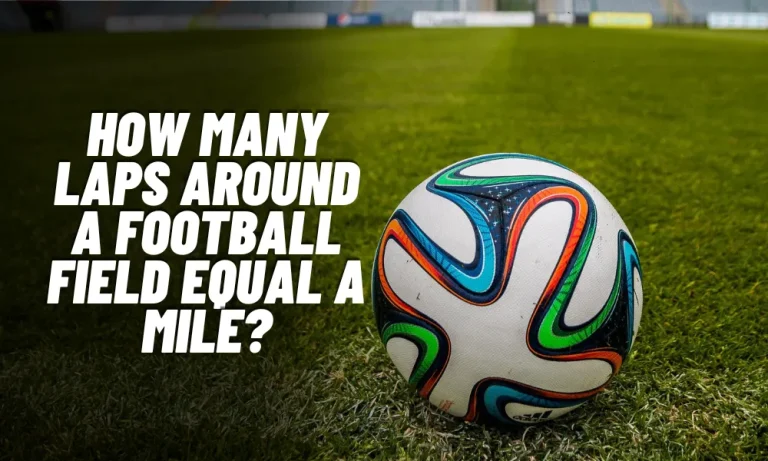Football and Softball Cleats: Versatile or Risky Choice?
Are football and softball cleats a versatile choice or a risky one? When it comes to sports performance, the right footwear can make all the difference. Choosing the appropriate cleats for football and softball players is crucial for optimizing performance and ensuring safety on the field. Let’s dive into how the selection of cleats can impact players in these sports.
In football and softball, cleats play a vital role in providing traction, stability, and support during gameplay. The design and features of cleats are tailored to meet the specific demands of each sport, influencing how athletes move, pivot, and perform on the field. Understanding the importance of selecting the right cleats is essential for players looking to excel in their respective sports.
Differences Between Football and Softball Cleats
When comparing football and softball cleats, it’s essential to note the key differences that cater to the specific needs of each sport. Football cleats typically have longer studs to provide traction on grass fields, aiding in quick cuts and acceleration. Softball cleats, on the other hand, feature shorter studs to enhance stability on dirt or turf surfaces, allowing for better grip while running bases or fielding.
The design of football cleats often includes a toe cleat, which helps players push off the ground during sprints and tackles. In contrast, softball cleats prioritize ankle support and flexibility to accommodate frequent lateral movements and pivots. Understanding these differences is crucial for players to choose the right cleats that align with the demands of their sport, optimizing their performance and reducing the risk of injuries.
The versatility of Cleats: Pros and Cons
The versatility of using football cleats for softball or vice versa may seem convenient, but it comes with both pros and cons. While sharing cleats can save money and storage space, it may compromise optimal performance due to the specific design features catered to each sport.
One advantage of versatile cleats is the potential cost savings for players involved in both football and softball. However, using the same pair of cleats for different sports can lead to a lack of specialized support and traction needed for optimal performance. It’s essential to weigh the convenience of versatility against the potential risks of compromising performance and safety on the field.
Performance Impact
The performance impact of wearing the right cleats in football and softball cannot be underestimated. Proper footwear can enhance agility, speed, and stability on the field, giving players a competitive edge. However, choosing the wrong cleats may result in slips, falls, and potential injuries.
Football cleats are designed to provide traction and support for quick movements, cuts, and tackles. Softball cleats, on the other hand, prioritize stability and grip for running, fielding, and sliding. Wearing cleats that match the specific demands of each sport can significantly impact performance by improving traction, preventing slips, and reducing the risk of accidents during gameplay.
Injury Risks
Understanding the injury risks associated with wearing the wrong cleats in football and softball is crucial for player safety. Using football cleats for softball or vice versa can increase the likelihood of slips, falls, and ankle injuries due to the mismatched design features.
Football cleats with longer studs may cause instability on dirt or turf surfaces used in softball, leading to ankle twists or slips during quick movements. Similarly, softball cleats with shorter studs may not provide sufficient traction on grass fields, increasing the risk of slips and falls for football players. Choosing the appropriate cleats for each sport is essential to minimize injury risks and ensure a safe playing experience for athletes.
Choosing the Right Cleats
Choosing the right cleats for football and softball is essential for optimal performance and safety on the field. To make an informed decision, consider the specific design features tailored to each sport, such as stud length, traction patterns, and support.
For football, prioritize cleats with longer studs for traction on grass or turf fields, providing stability during quick cuts and tackles. Softball players should opt for cleats with shorter studs for better grip on dirt or turf surfaces, enhancing agility and preventing slips. Selecting cleats designed specifically for each sport can help maximize performance and reduce the risk of injuries associated with mismatched footwear.
Maintenance and Care Tips
Proper maintenance and care of football and softball cleats are crucial for extending their lifespan and performance. After each game or practice, remove dirt and debris from the cleats using a soft brush or cloth to prevent buildup that can affect traction.
Avoid storing cleats in damp or humid environments to prevent mold and odor. Allow them to air dry naturally after cleaning by placing them in a well-ventilated area. Regularly check for any signs of wear and tear, such as loose studs or damaged sole plates, and address them promptly to ensure the cleats remain in optimal condition for gameplay.
FAQ’S
1. Can I use football cleats for softball or vice versa?
It is not recommended as the design features of each type of cleat are optimized for the specific demands of football and softball.
2. How do I choose the right cleats for football or softball?
Consider factors such as stud length, traction patterns, and support tailored to each sport for optimal performance and safety.
3. How should I maintain my football and softball cleats?
Regularly clean them after use, avoid storing them in damp areas, air dry them, and check for wear and tear to ensure longevity and performance.
4. What are the risks of wearing mismatched cleats for football or softball?
Mismatched cleats can increase the likelihood of slips, falls, ankle injuries, and instability due to the design differences between the two sports.
5. How can wearing the wrong cleats impact my performance in football or softball?
Wearing the wrong cleats can lead to reduced traction, stability, and agility, and increase the risk of slips, falls, and potential injuries during gameplay.
Conclusion
In conclusion, the debate over whether football and softball cleats are versatile or risky choices ultimately comes down to understanding the unique needs of each sport. While there may be some overlap in the use of cleats between football and softball, players must prioritize performance and safety when selecting their footwear.
Recapping the key points discussed in this article, we’ve explored the differences between football and softball cleats, the impact of cleats on performance, and the potential risks of wearing the wrong type of cleats. By choosing the right cleats and following proper maintenance practices, players can enhance their performance on the field while minimizing the risk of injuries.
Whether you’re a football or softball player, remember that the right pair of cleats can be a game-changer. Stay informed, choose wisely, and step onto the field with confidence, knowing that you’ve made the best choice for your game. Football and softball cleats: versatile or risky choice? The decision is in your hands.


